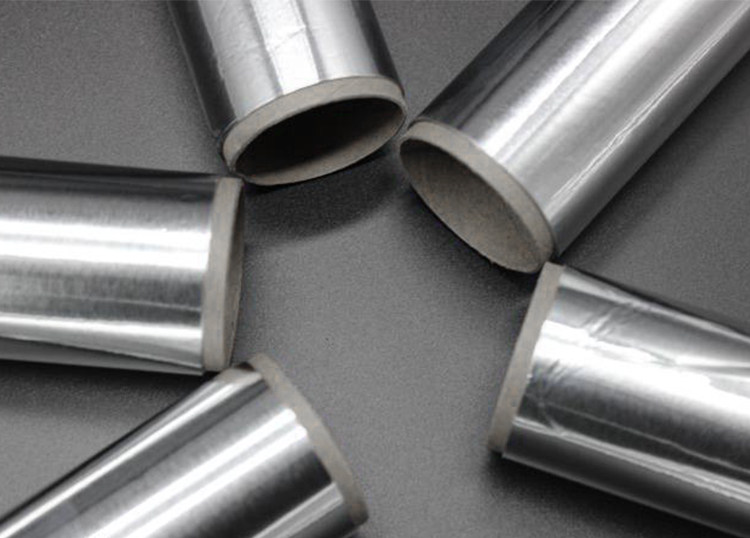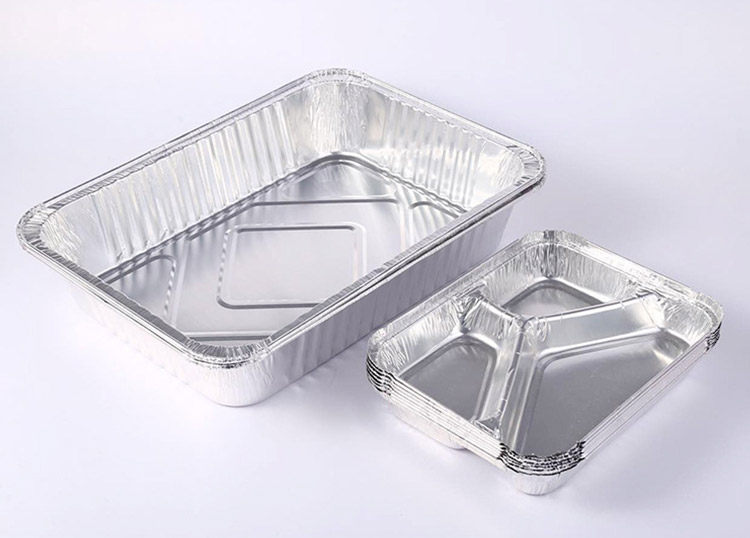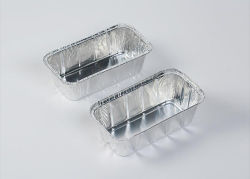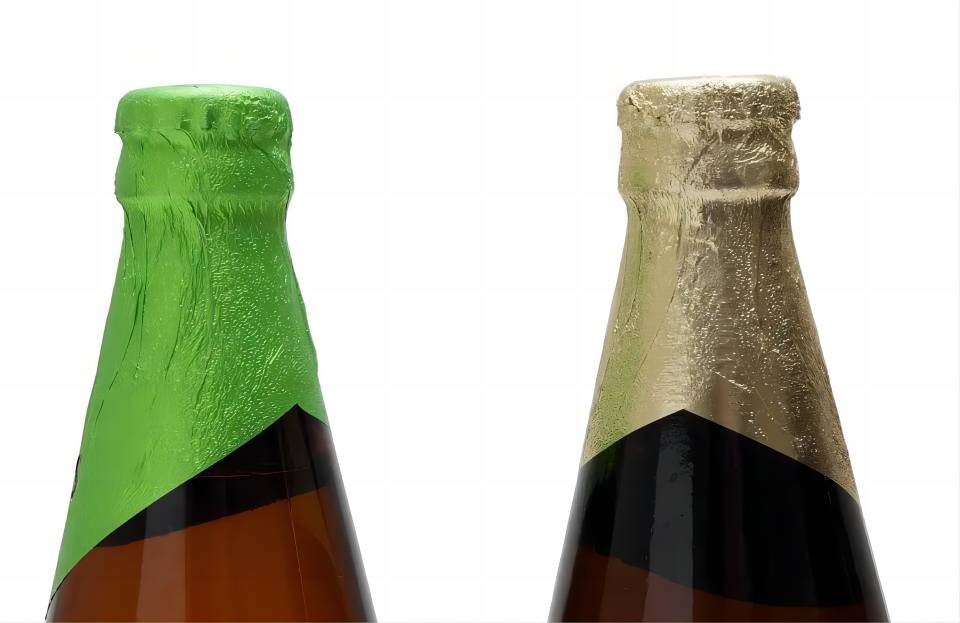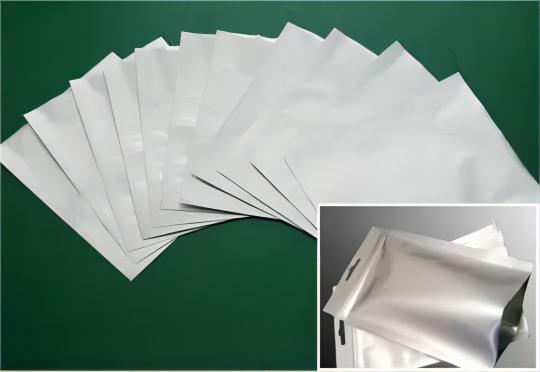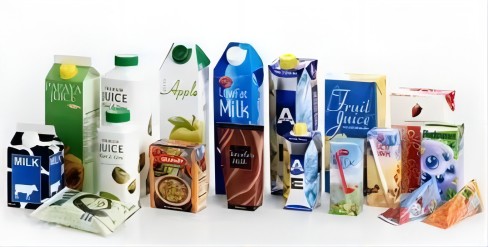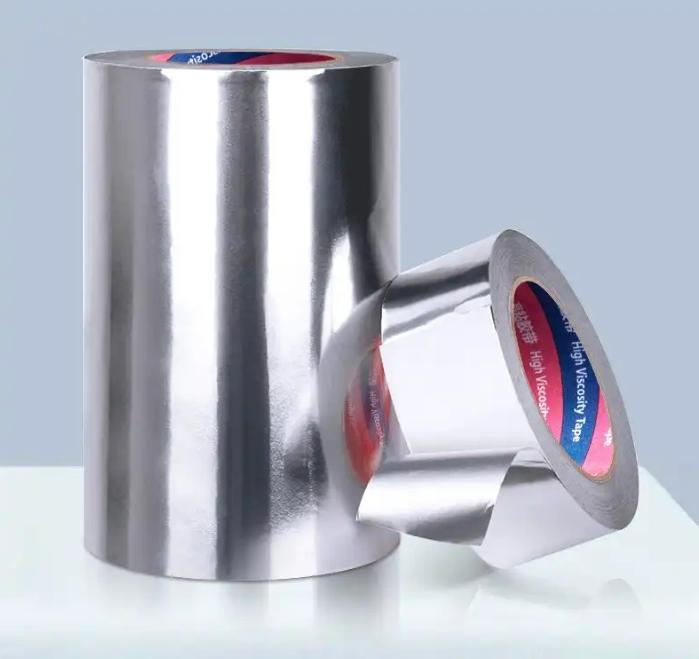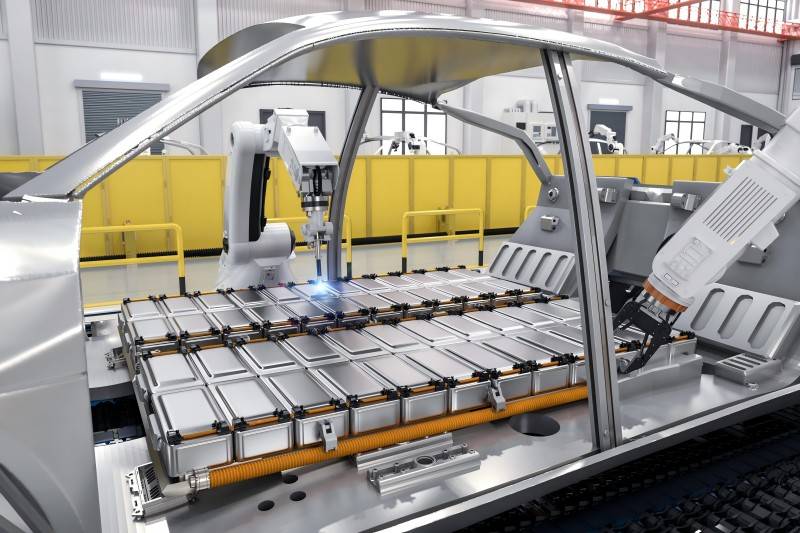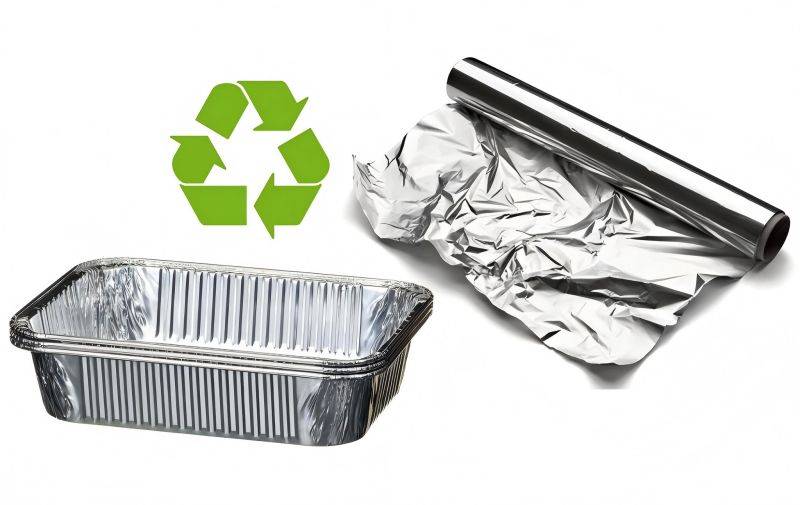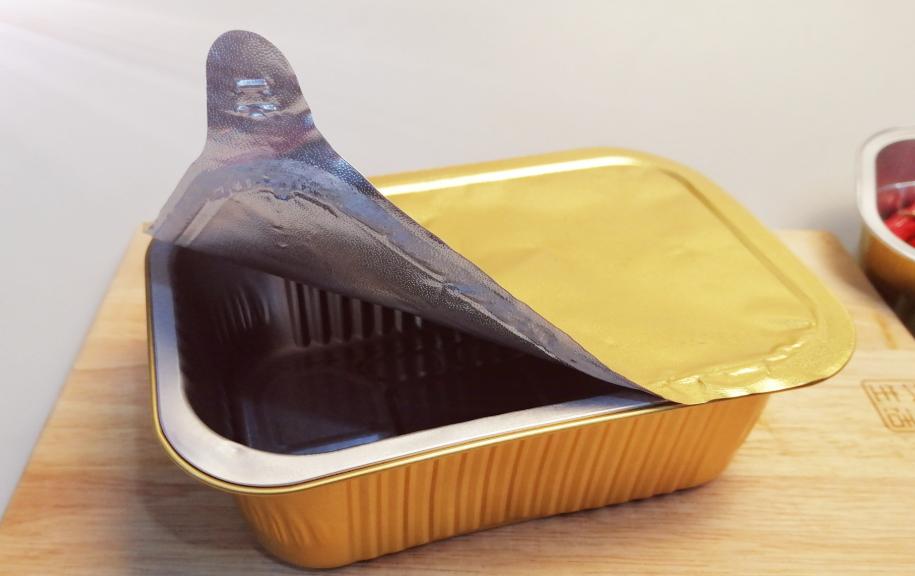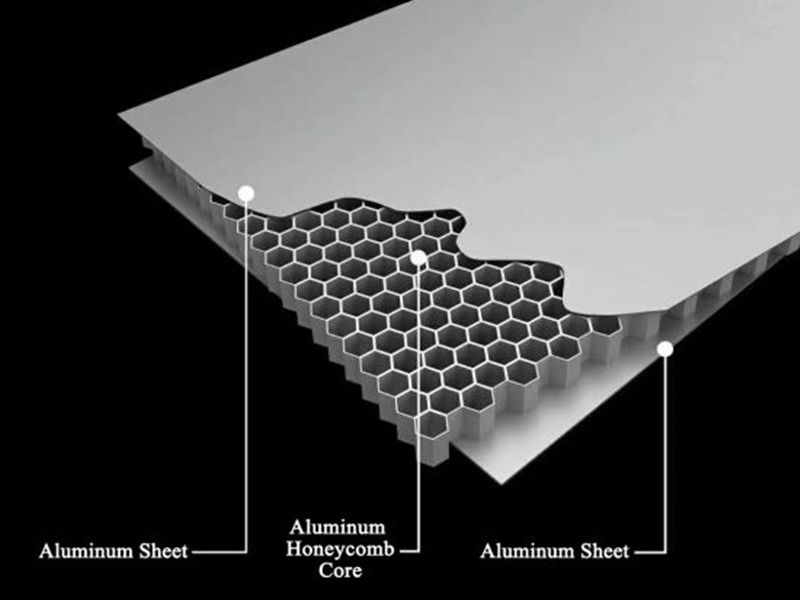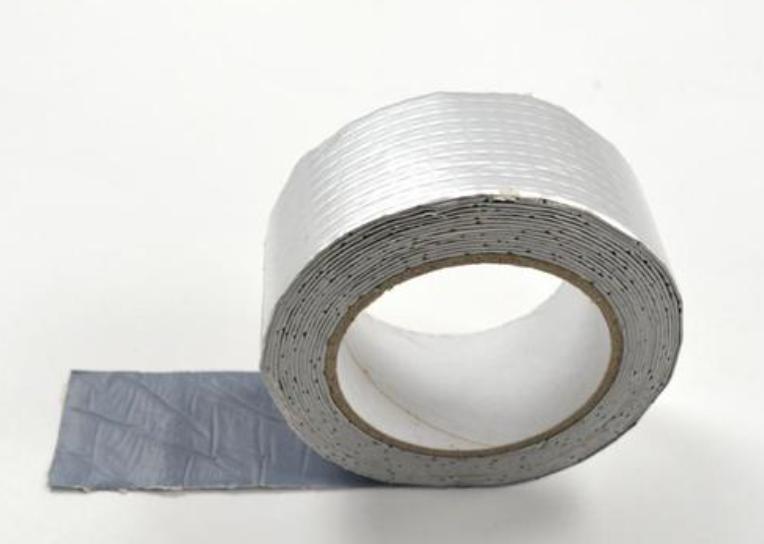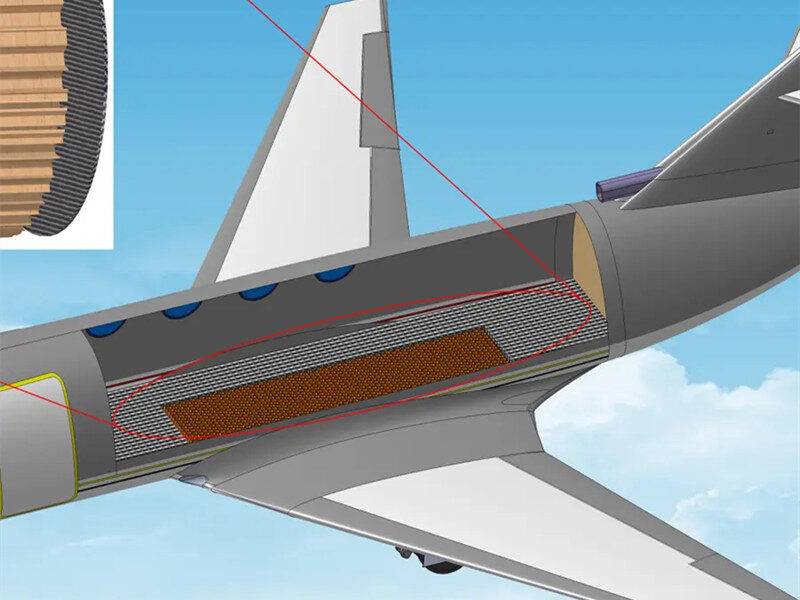Aluminum foil, a ubiquitous presence in kitchens worldwide, offers convenience and versatility in food preparation and storage. However, concerns loom regarding its environmental impact, prompting many to ask: is aluminum foil truly bad for the planet? This article delves into the production, usage, and disposal of aluminum foil, compares it to alternatives, and offers solutions to minimize its environmental footprint.
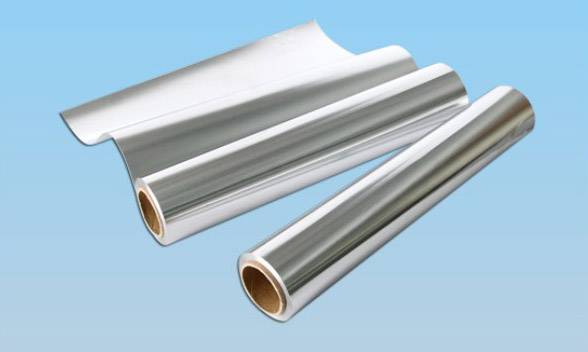
The Environmental Cost of Household Aluminum Foil
Production: The seemingly simple sheet of aluminum foil begins its life with a significant environmental footprint. Extracting bauxite, the ore containing aluminum requires large-scale mining operations that leave behind scars on landscapes, disrupt ecosystems, and displace communities. Refining this bauxite into aluminum is an energy-intensive process, often relying on fossil fuels that contribute heavily to greenhouse gas emissions and air pollution. Additionally, the refining process generates “red mud,” a toxic waste product containing harmful chemicals that can contaminate water sources and pose risks to human health if not properly managed.
Usage: While aluminum foil is marketed as reusable, the reality is that it often ends up discarded after a single use. This “convenience” comes at a cost, contributing significantly to the ever-growing waste problem. Its lightweight nature makes it susceptible to windblown litter, further adding to plastic pollution woes that harm wildlife and pollute our environment. Furthermore, certain acidic foods can react with aluminum, potentially leaching harmful metal traces into the food itself, raising concerns about potential health risks.
Disposal: Even though aluminum foil is technically recyclable, its journey to a second life is challenging. The recycling process is complex and requires specialized facilities that many regions lack, often leading to landfilling instead of proper reprocessing. Even when recycled, the energy required to melt down the material and reshape it into new products is significant, adding to the overall environmental impact. Additionally, low recycling rates for aluminum foil further diminish the potential environmental benefits of recycling, highlighting the need for improved waste management systems and increased public awareness.
Sustainable Alternatives for Household Aluminum Foil
Fortunately, a range of environmentally friendly alternatives offer functionality similar to aluminum foil without the heavy environmental burden. Let’s explore some of these options:
- Silicone lids: These lids provide a tight, airtight seal for containers of various shapes and sizes, eliminating the need for foil when storing leftovers, packing lunches, or covering dishes during meal preparation. Their durability and reusability make them a long-lasting and sustainable choice.
- Beeswax wraps: Crafted from natural materials like beeswax, cotton, and tree resin, these wraps offer a malleable and breathable solution for covering food. They are washable and reusable, minimizing waste and contributing to a more sustainable kitchen routine.
- Glass containers: These versatile and durable options are ideal for storing leftovers, packing lunches, and preparing meals. Their transparency allows for easy identification of contents, and they can be used directly in the oven or microwave, eliminating the need for foil altogether.
Biodegradable Options for Disposable Needs:
- Parchment paper: Made from natural cellulose fibers, parchment paper offers heat resistance and is suitable for baking and cooking applications. It decomposes readily, minimizing landfill waste compared to aluminum foil.
- Compostable wraps: Composed of plant-based materials like bioplastics or cellulose, these wraps provide a disposable alternative with minimal environmental impact. They can be composted alongside food scraps, further contributing to a circular waste management system.
These alternatives address various needs, from reusable solutions for everyday tasks to biodegradable options for occasional disposable use. By choosing these sustainable alternatives, individuals can significantly reduce their environmental footprint associated with food storage and preparation.
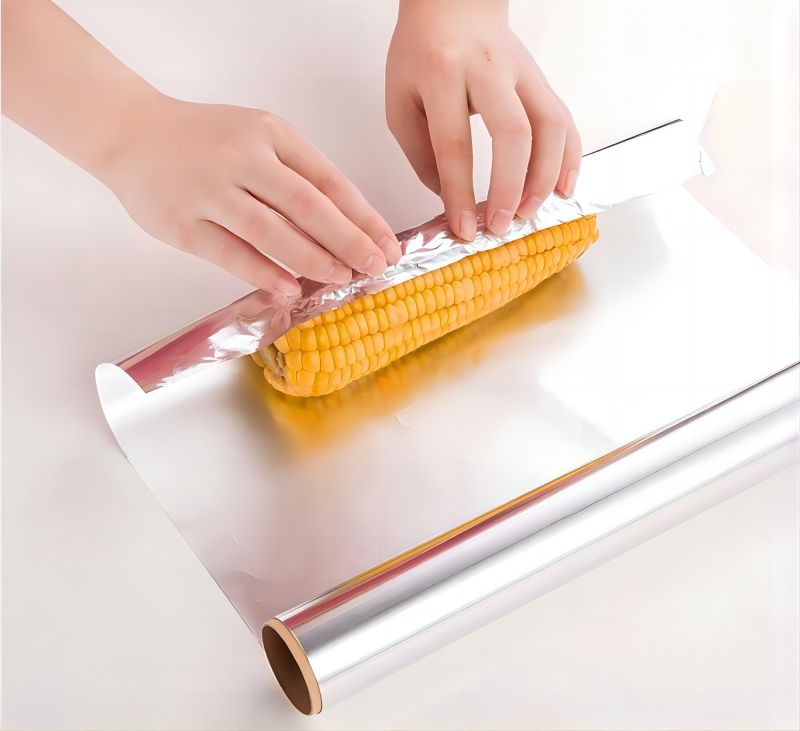
Minimizing the Footprint of Household Aluminum Foil
While alternatives exist, completely eliminating aluminum foil from our lives might not be practical or realistic. However, adopting a mindful approach can significantly reduce its environmental impact. The key lies in a multi-pronged strategy:
Reduce: The first step is to minimize overall usage. Ask yourself if aluminum foil is truly necessary for the task at hand. Can a reusable container or parchment paper suffice? Opting for larger portions cooked less frequently can also reduce the need for individual wrapping.
Reuse: Don’t underestimate the power of a second (or third) life! Clean and reuse aluminum foil whenever possible. Cover leftovers, wrap sandwiches, or line baking sheets multiple times before discarding. Folding techniques can extend its lifespan further.
Recycle: When the time comes to let go, ensure proper recycling. Check with your local recycling program for specific guidelines on cleaning and preparation. Separating aluminum foil from other recyclables is crucial to ensure efficient processing.
Looking Beyond Individual Action
While individual efforts like opting for sustainable alternatives are commendable and impactful, addressing the challenge of aluminum foil’s environmental impact requires a broader approach. Systemic change through collective action can amplify individual efforts and accelerate progress towards a more sustainable future. Here are some key areas where we can make a difference:
1. Promoting Responsible Mining Practices
- Advocate for legislation that mandates responsible mining practices that minimize environmental damage and respect community rights. This includes regulations on land reclamation, responsible waste disposal, and fair compensation for communities affected by mining operations.
- Support organizations that actively campaign for responsible mining practices and hold companies accountable for their actions.
2. Investing in Advanced Recycling Technologies
- Encourage investment in research and development of advanced recycling technologies that can efficiently process complex materials like aluminum foil, minimizing waste and energy consumption.
- Push for policies that incentivize recycling facilities to adopt these new technologies and create a robust infrastructure for effective aluminum foil recycling.
3. Incentivizing Sustainable Alternatives
- Advocate for policies that incentivize manufacturers to develop and promote sustainable alternatives to aluminum foil. This could include tax breaks, subsidies, or extended producer responsibility schemes that hold manufacturers accountable for the end-of-life management of their products.
- Encourage consumers to choose sustainable alternatives by raising awareness through educational campaigns and offering financial incentives like discounts or rebates.
4. Holding Manufacturers Accountable
- Support policies that promote extended producer responsibility, requiring manufacturers to be financially and operationally responsible for the entire lifecycle of their products, including collection, recycling, and end-of-life solutions.
- Advocate for legislation that enforces stricter waste management regulations and holds manufacturers accountable for their product’s environmental impact throughout their lifecycle.
By actively engaging in these aspects of systemic change, we can move beyond individual choices and contribute to a future where sustainable practices are the norm. Through collective action, we can demand responsible mining practices, promote advanced recycling technologies, incentivize sustainable alternatives, and hold manufacturers accountable for the environmental impact of their products. Remember, every voice counts, and collective action has the power to create a significant shift towards a more sustainable future.
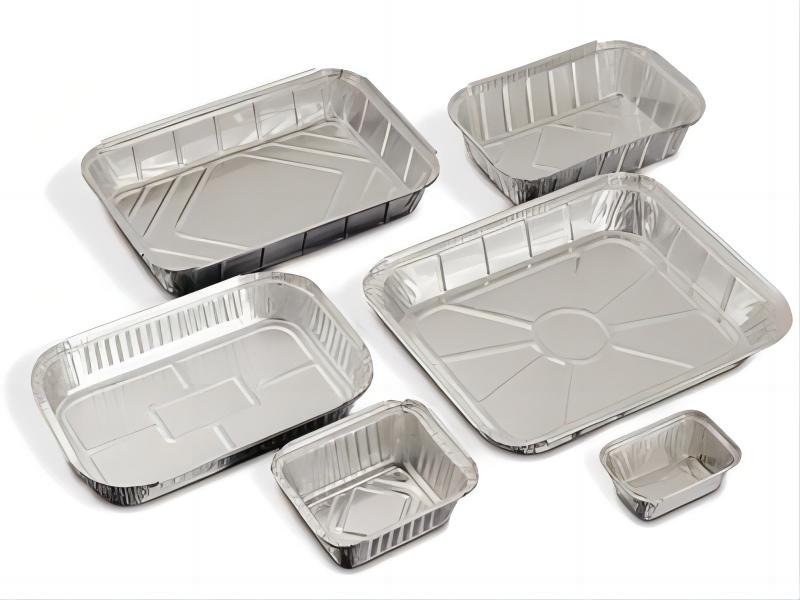
Conclusion
Aluminum foil presents a convenient solution in kitchens, but its environmental cost cannot be ignored. By consciously choosing reusable and biodegradable alternatives, minimizing foil usage, and advocating for systemic change, we can collectively reduce its environmental footprint and pave the way for a more sustainable future. Remember, every step, no matter how small, contributes to a healthier planet for generations to come.

